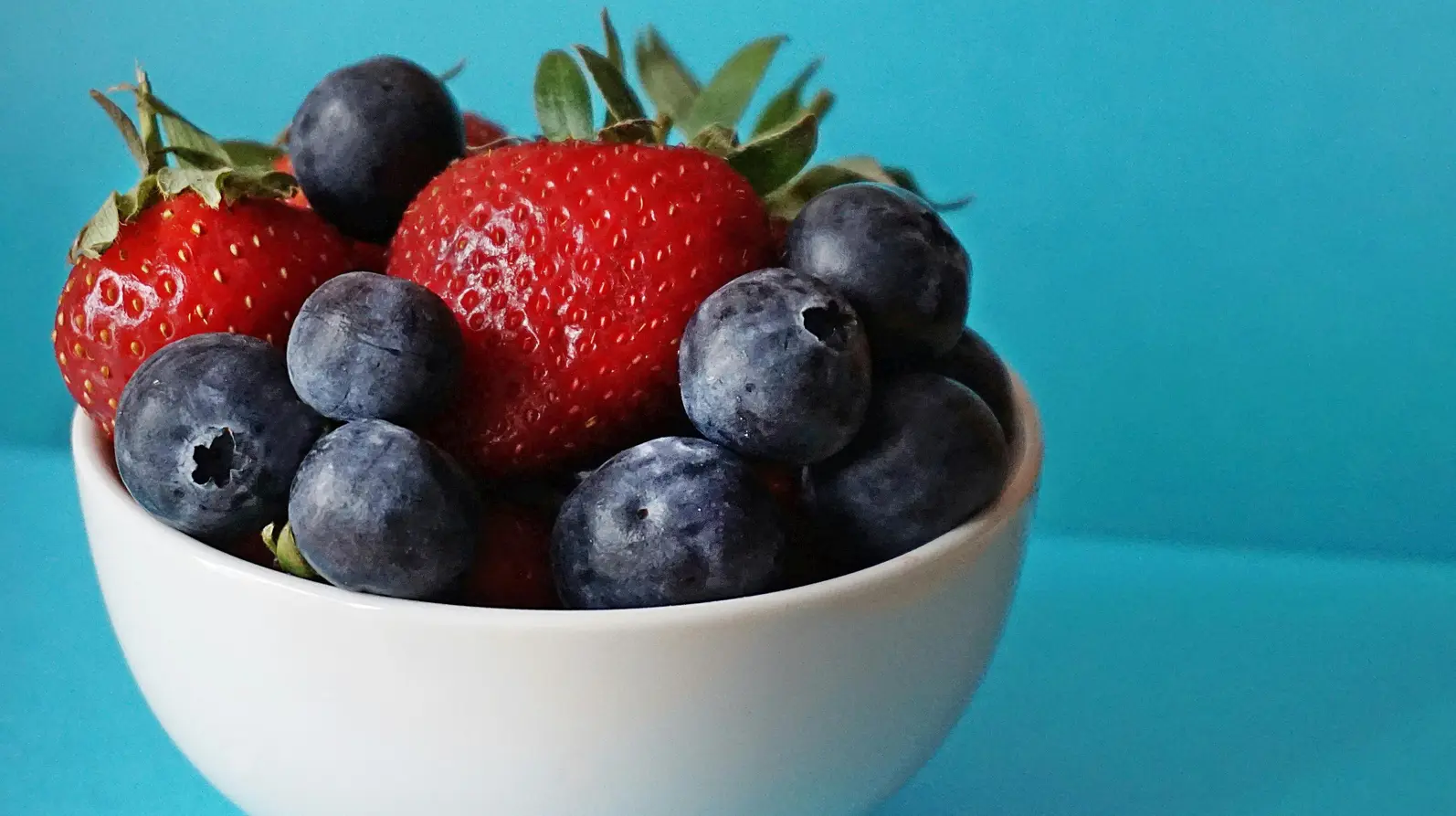Menstrual cramps are a monthly bane for many women, a natural part of the menstrual cycle that can cause significant discomfort. Scientifically known as dysmenorrhea, these cramps are caused by the contraction of the uterine muscles to help shed the uterine lining, which can result in pain and discomfort in the abdomen, lower back, and even legs. While over-the-counter medications may provide relief, many women are increasingly interested in exploring natural remedies that can help alleviate menstrual cramps without medication.
The Power of Heat Therapy
Heat has been a tried-and-true remedy for centuries when it comes to soothing aches and pains. Applying a heating pad or hot water bottle to the lower abdomen can help relax the muscles and increase blood flow, thereby reducing cramps. Heat therapy often provides quick and effective relief and can be as simple as relaxing in a warm bath or using a heat patch during the day. This remedy is not only effective but also easy to incorporate into one’s routine.
Herbal Teas and Their Soothing Effects
Herbal teas can be incredibly soothing and are known for their anti-inflammatory and muscle-relaxant properties. **Chamomile tea**, for instance, contains anti-inflammatory compounds like flavonoids that can help calm the uterus. **Ginger tea** is another excellent choice; it has been shown to relieve nausea and reduce pain, putting it high on the list for period discomforts. Lastly, **peppermint tea** acts as a natural muscle relaxant, which can be especially beneficial when the cramping is severe.
Essential Oils to the Rescue
Aromatherapy and essential oils offer another level of natural relief. Oils such as lavender and clary sage can be diluted with a carrier oil and massaged onto the lower abdomen. The soothing properties of these oils help relax tense muscles and ease the cramping sensation. Additionally, inhaling the aroma of these oils through a diffuser can promote relaxation and help manage stress, which can be beneficial during menstruation.
The Impact of Moderate Exercise
Although it might be the last thing you feel like doing when cramps hit, engaging in moderate exercise can help reduce pain. Physical activity enhances blood circulation and can release endorphins, the body’s natural painkillers. Activities like walking, cycling, or practicing yoga can significantly alleviate discomfort. Specific yoga poses, such as the forward bend or the child’s pose, are particularly effective in stretching and relaxing the lower back and pelvic muscles.
Hydration and Diet: Key Players
Hydration is crucial during menstruation, as it can help reduce bloating, which often accompanies cramping. Drinking plenty of water helps in flushing out toxins and can lessen the intensity of cramps. A balanced diet rich in vegetables, fruits, and whole grains provides essential nutrients and helps in maintaining hormonal balance. **Magnesium-rich foods** such as leafy greens, nuts, and seeds are especially beneficial as magnesium helps in muscle relaxation. Similarly, reducing caffeine and salt intake can help diminish bloating and pain.
Acupressure and Acupuncture
These traditional Chinese medicine techniques are gaining increasing attention for their effectiveness in treating menstrual cramps. **Acupressure** involves applying pressure to specific body points to relieve pain. A common point used for menstrual pain is the Sanyinjiao point, located roughly 4 fingers above the inner ankle bone. Regular sessions of **acupuncture** have also been shown to provide relief by enhancing blood flow and releasing endorphins, helping to ease the pain experienced during menstruation.
The Role of Supplements
For some, dietary supplements can make a marked difference in managing menstrual cramps. **Omega-3 fatty acids**, found in fish oil, have anti-inflammatory properties that may help reduce pain. **Vitamin B1 and B6 supplements** can also be beneficial, as they are important for regulating the body’s hormones and can reduce menstrual discomfort. Before starting any new supplements, it is crucial to consult with a healthcare provider to ensure they are appropriate for your needs and conditions.
In exploring natural remedies for menstrual cramps, it’s important to remember that each woman’s body is unique, and what works for one person may not work for another. It’s often a process of trial and error to find the most effective relief. Nevertheless, these natural remedies offer a path toward minimizing discomfort and avoiding the side effects sometimes associated with pharmaceutical interventions.


















